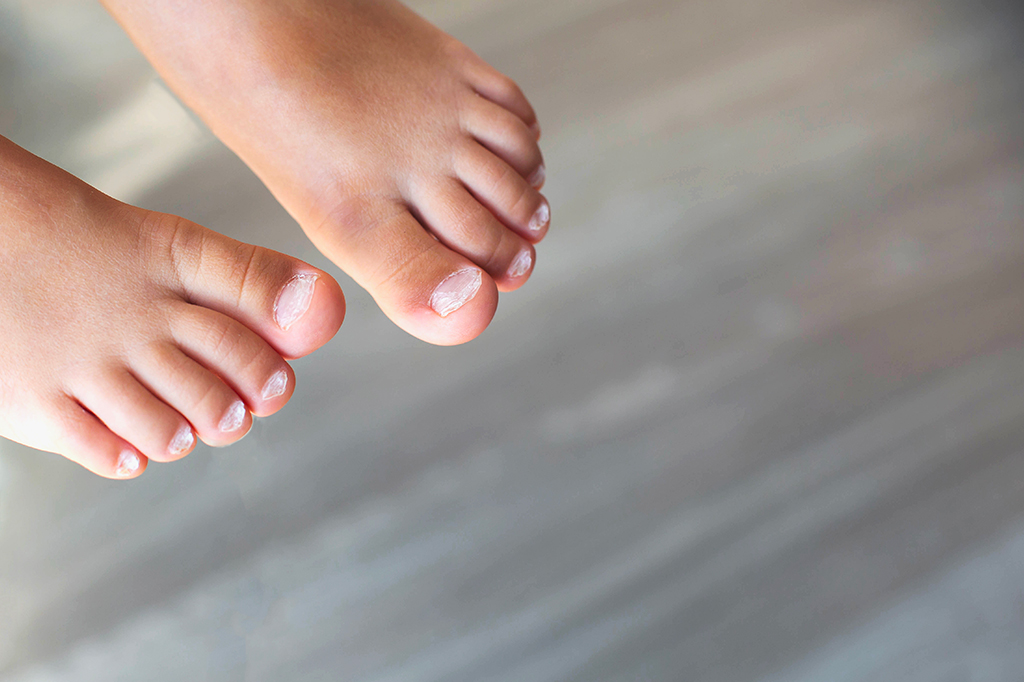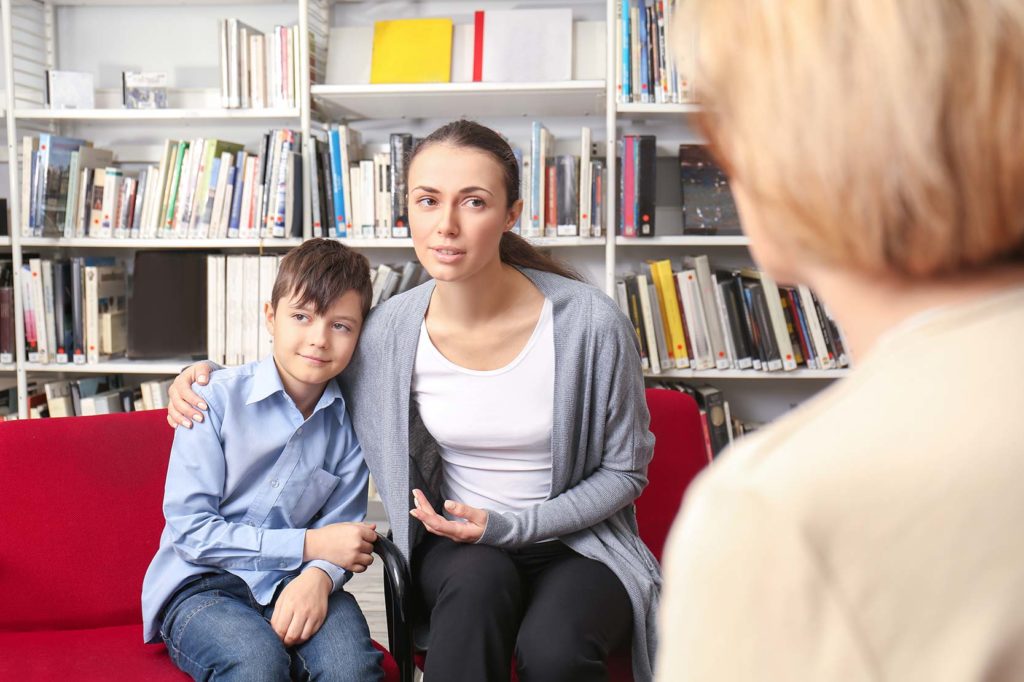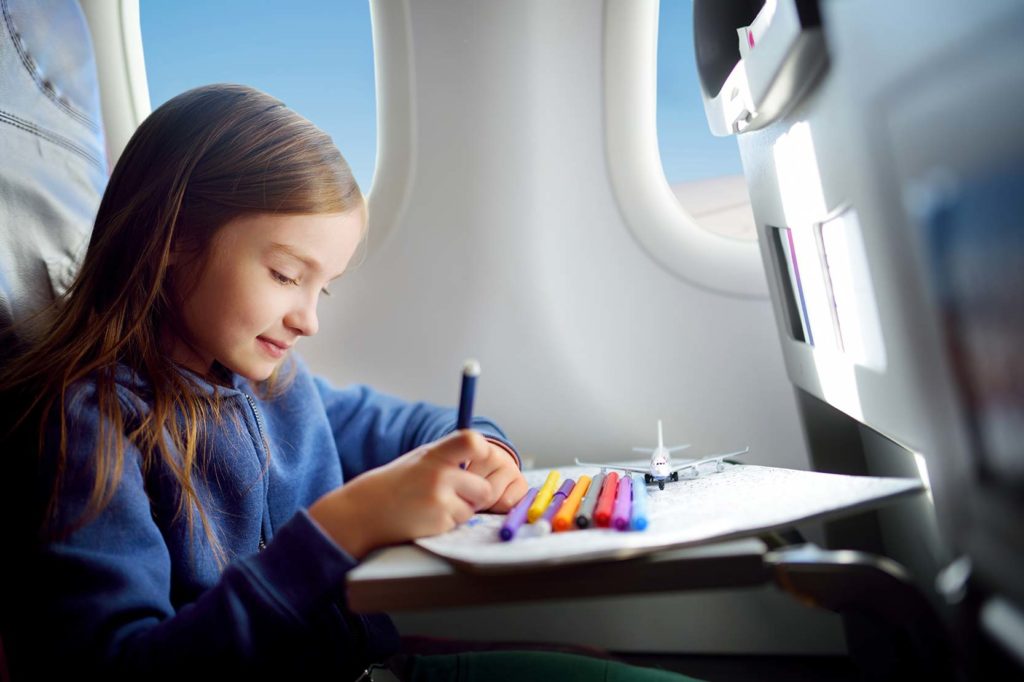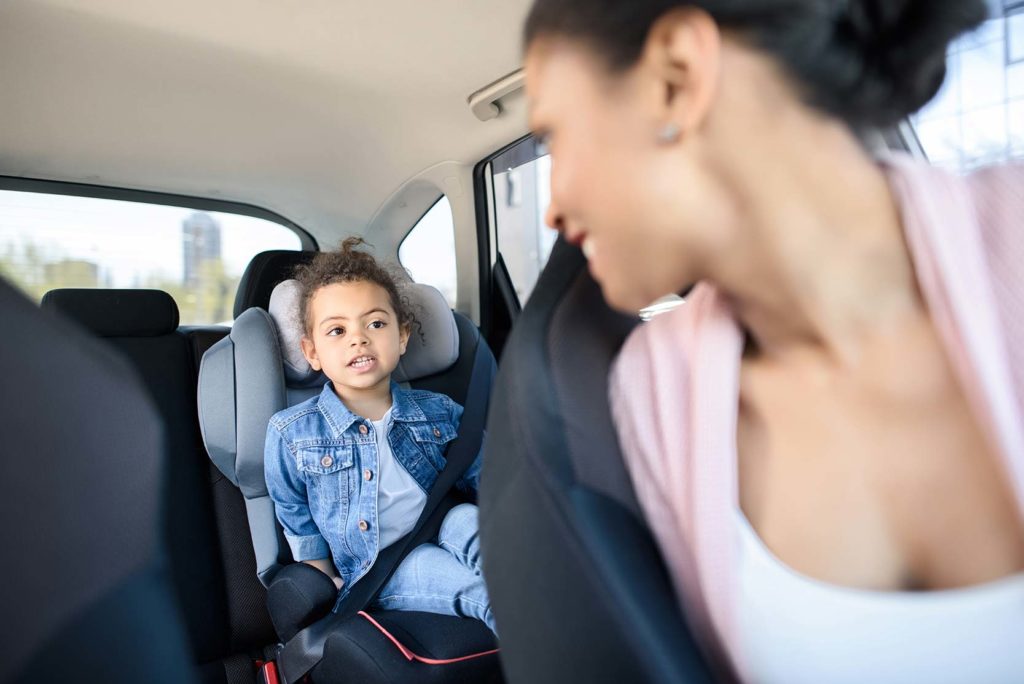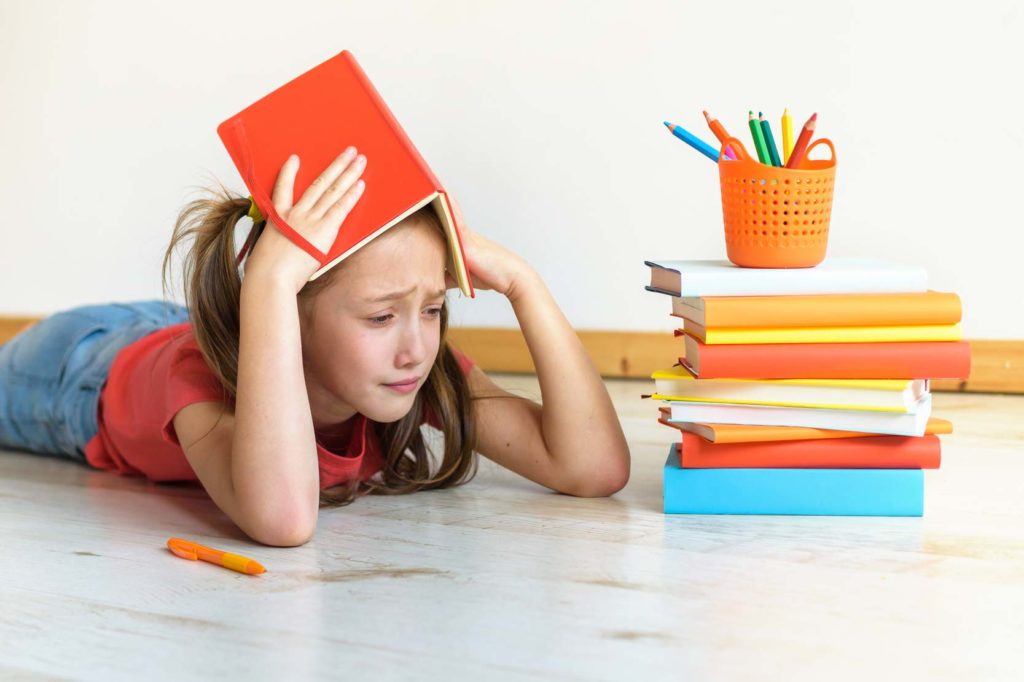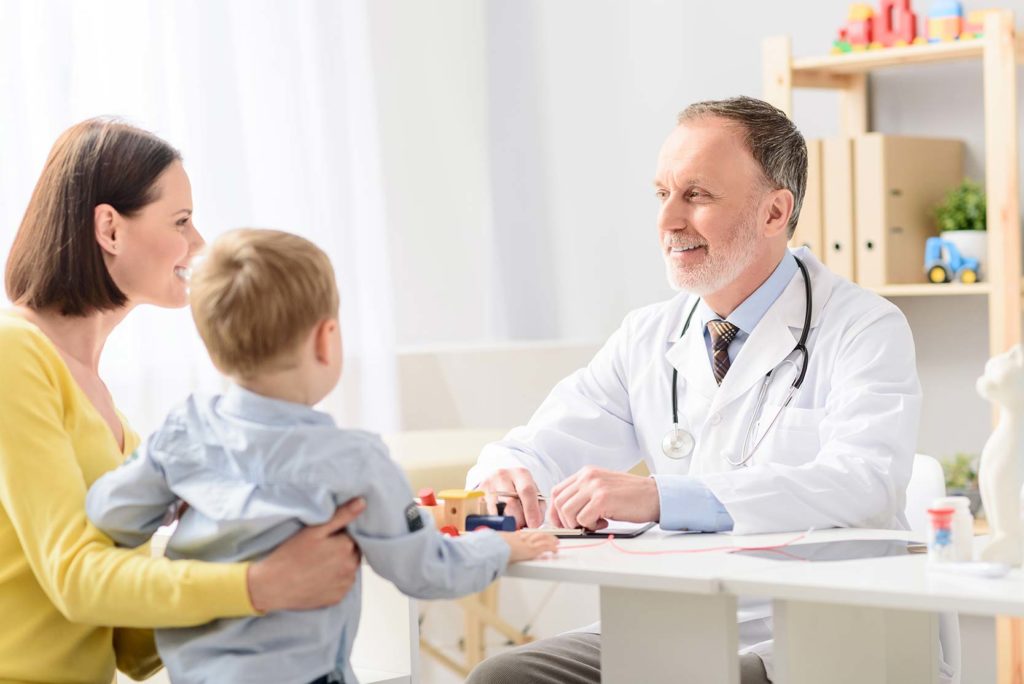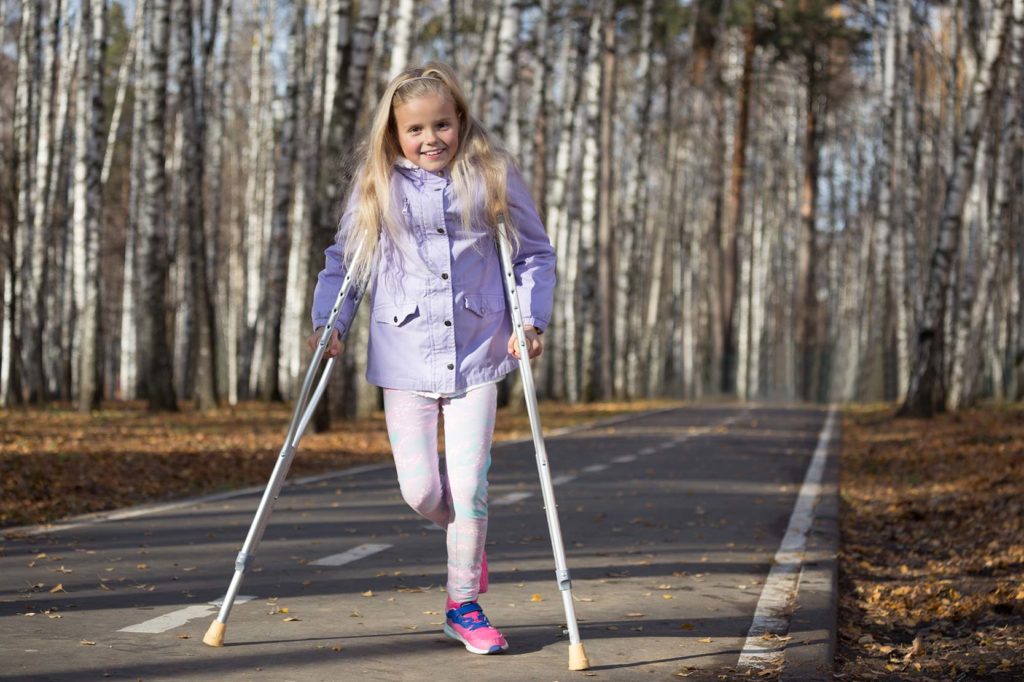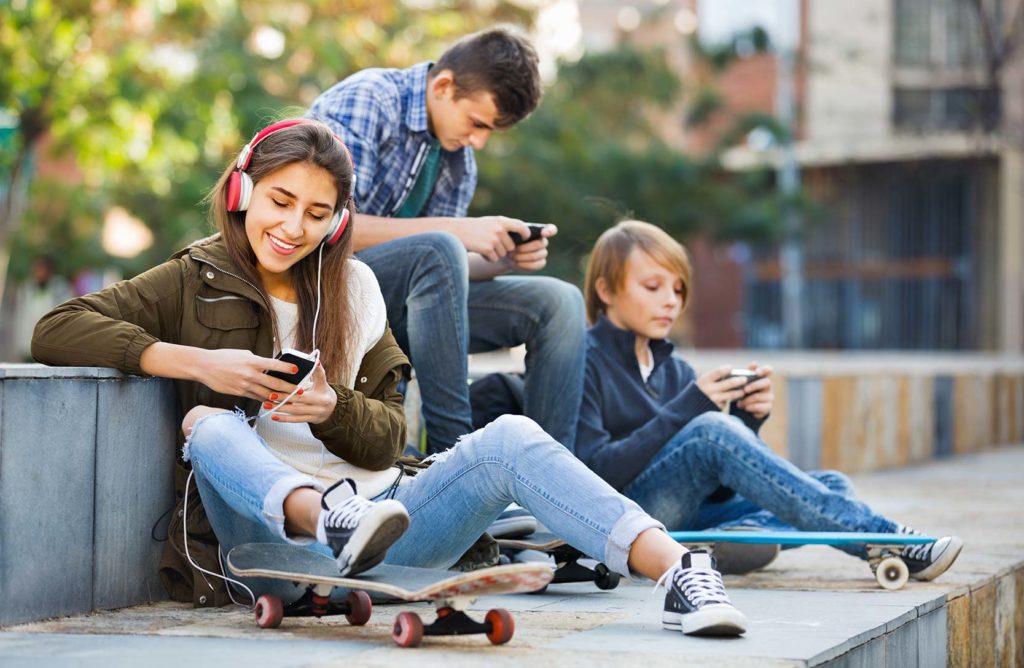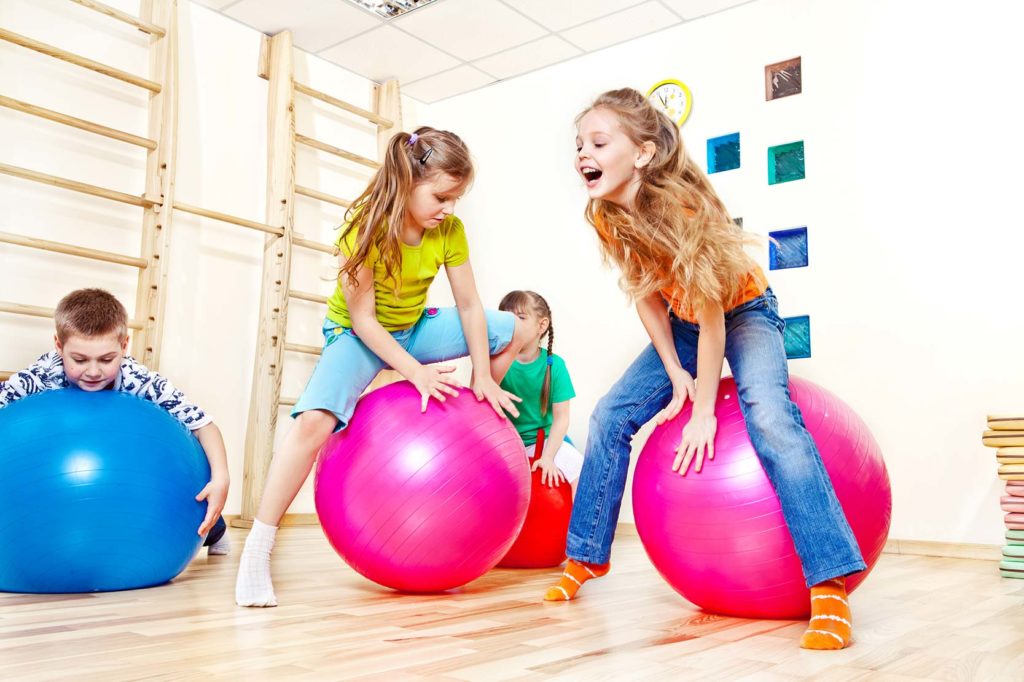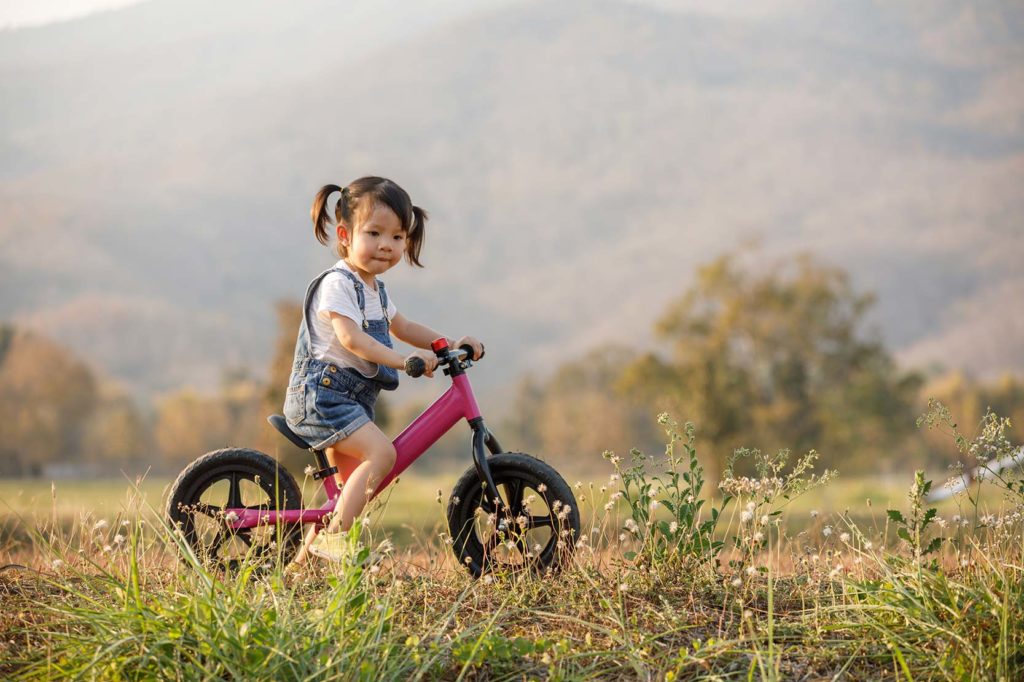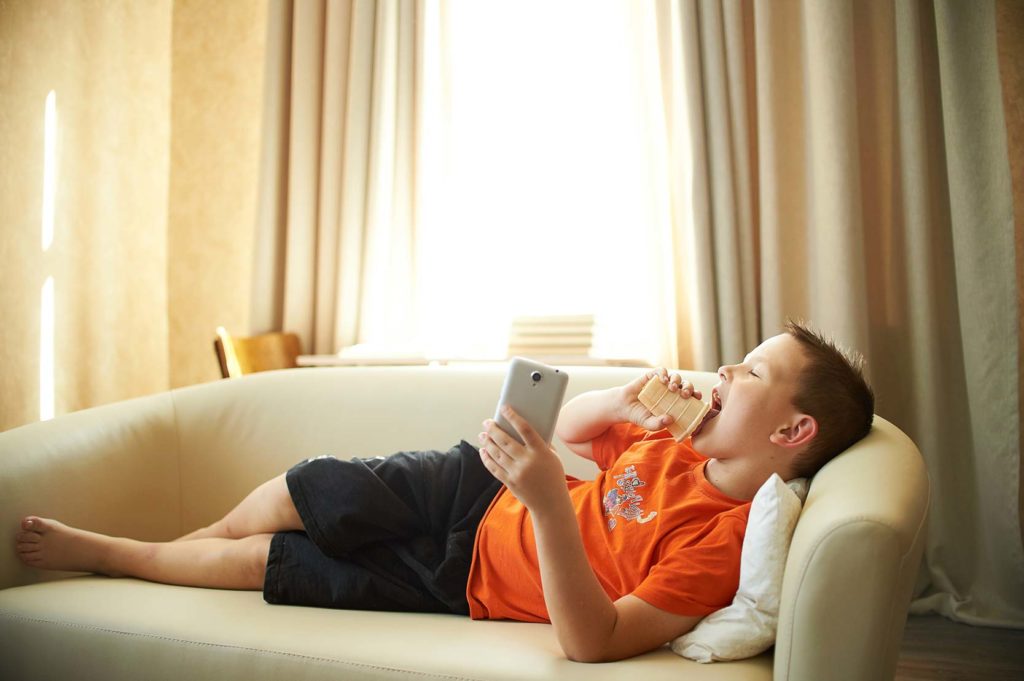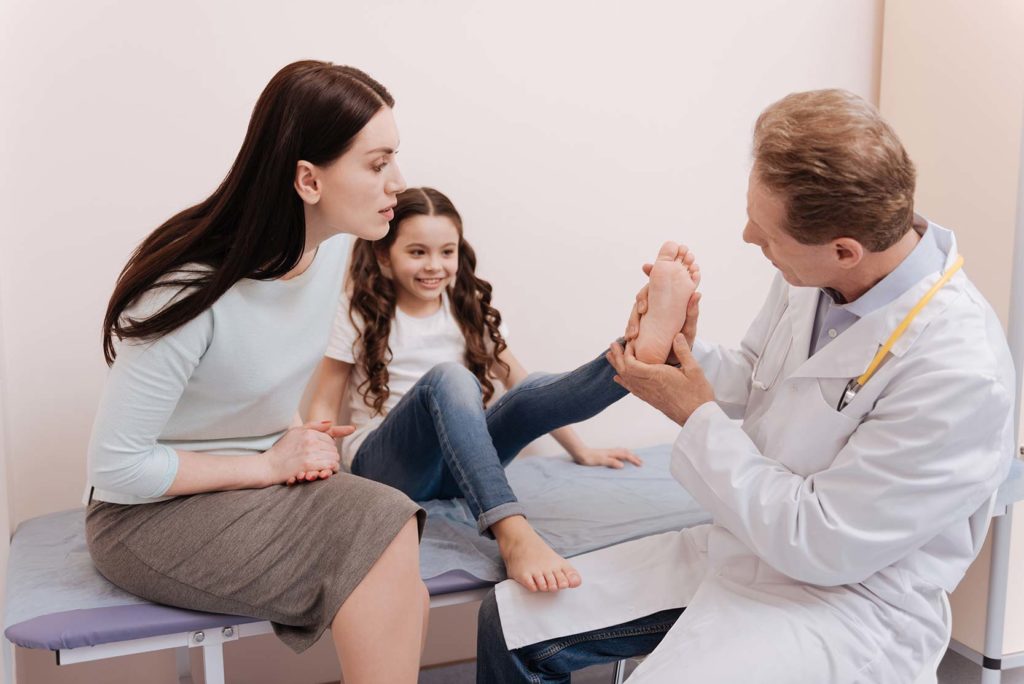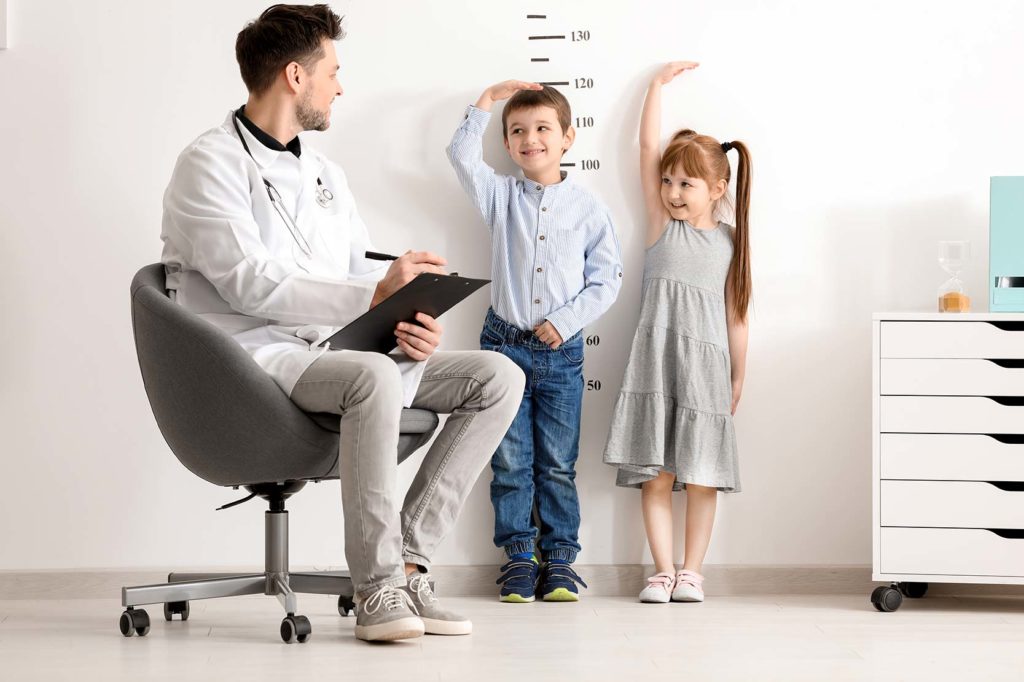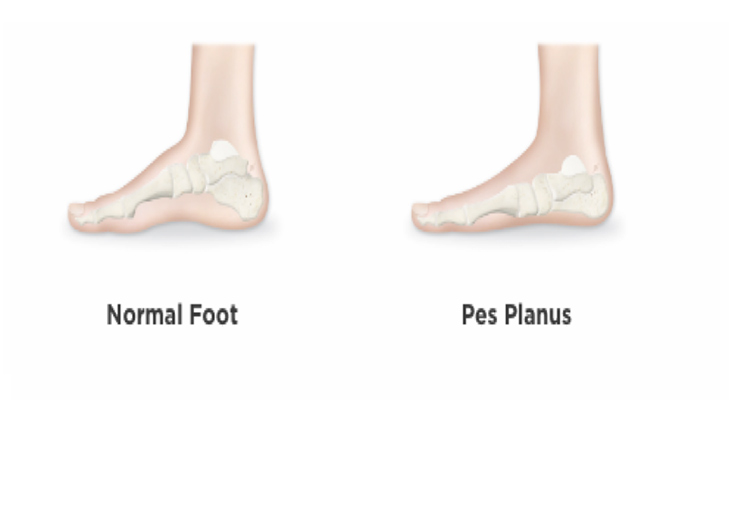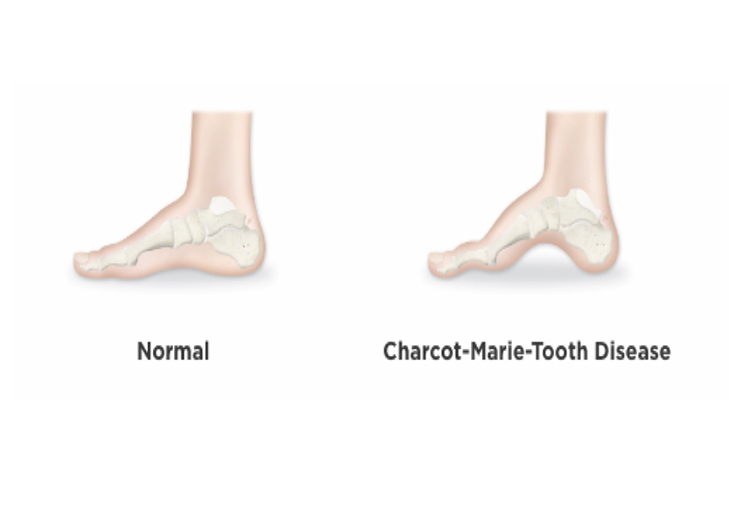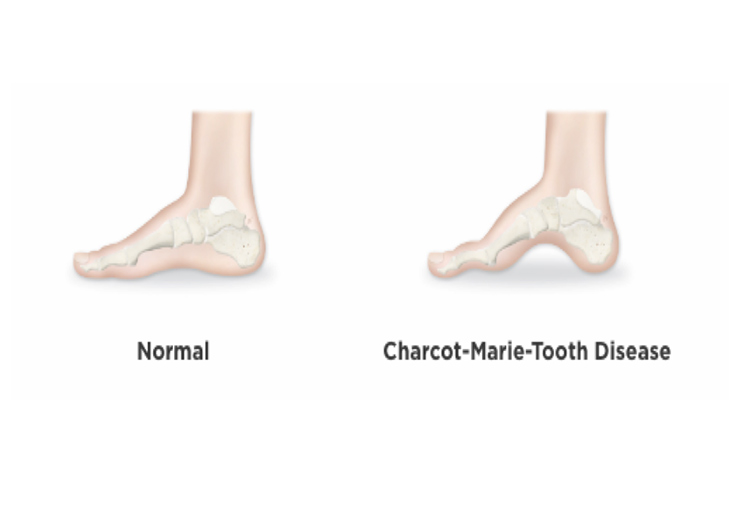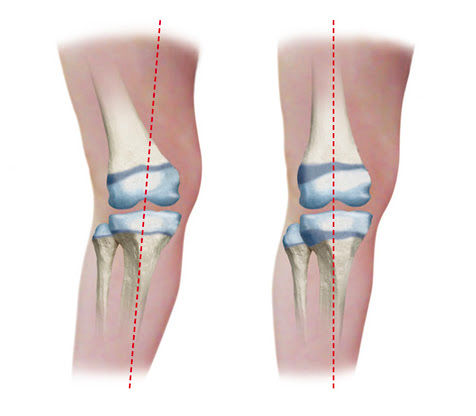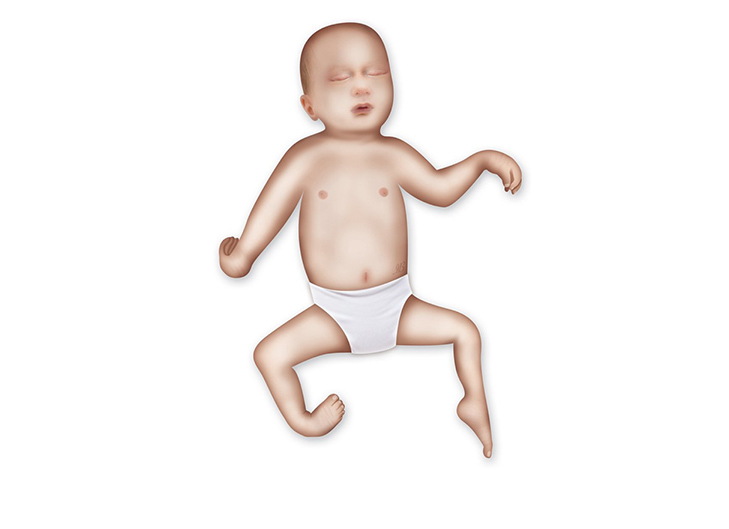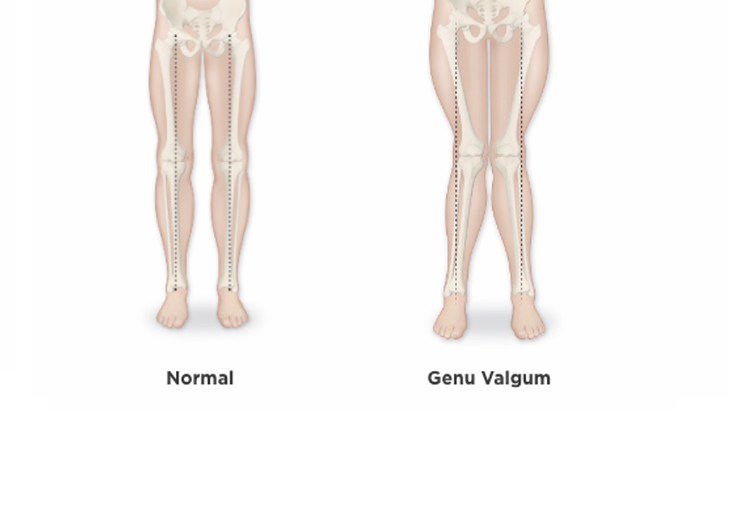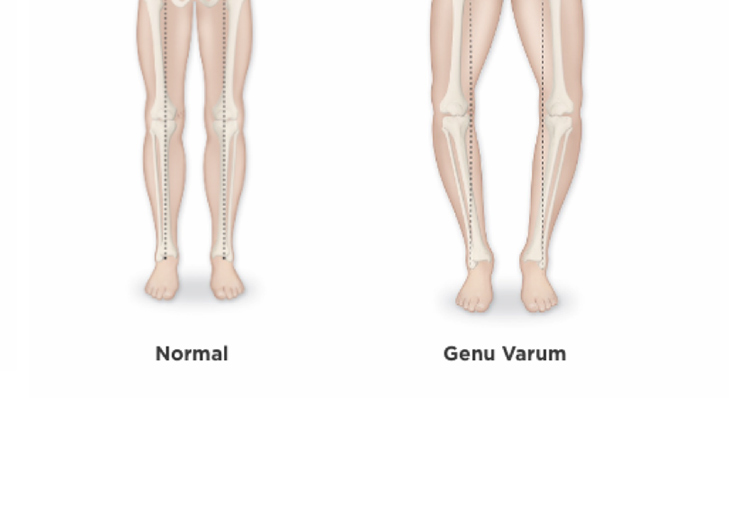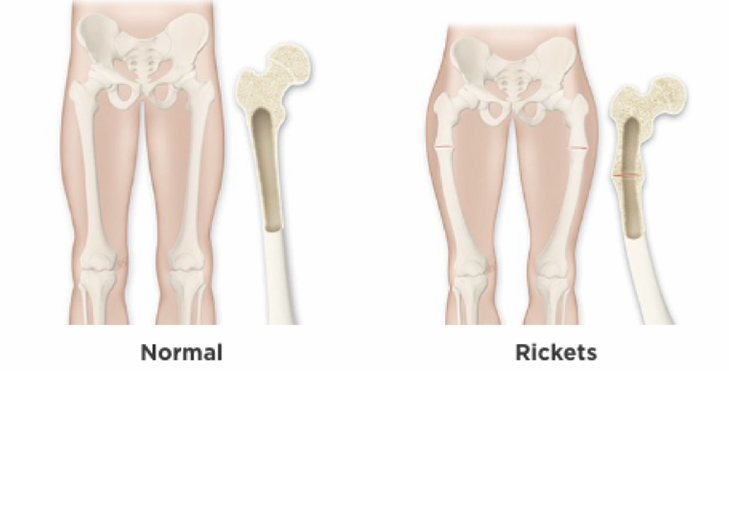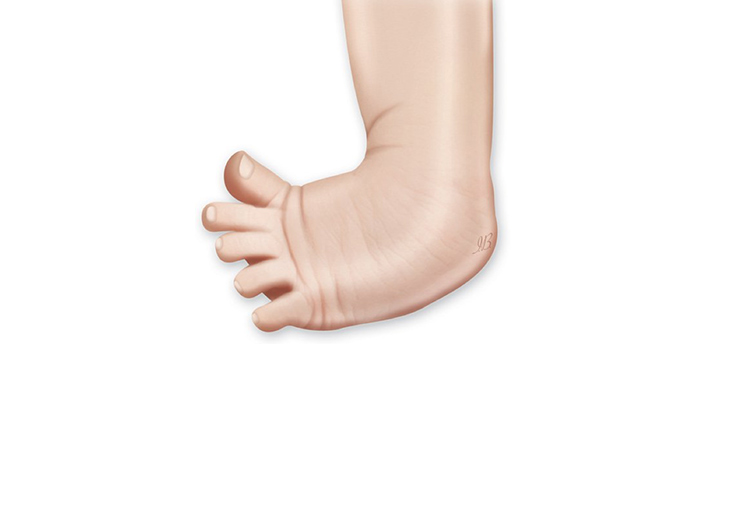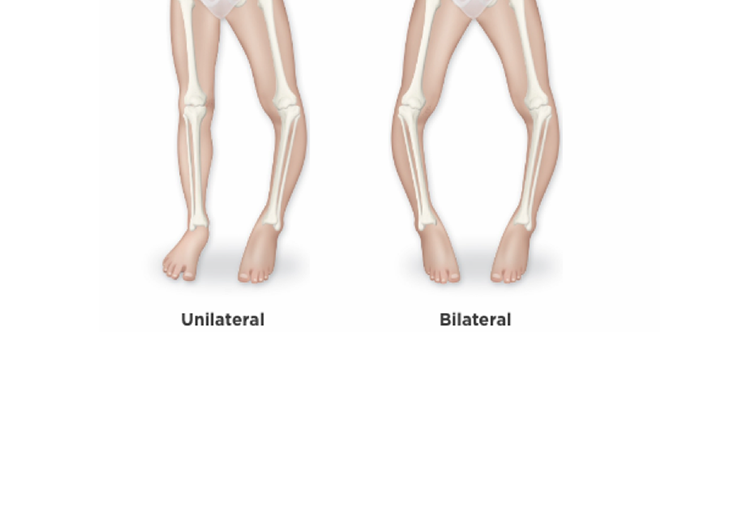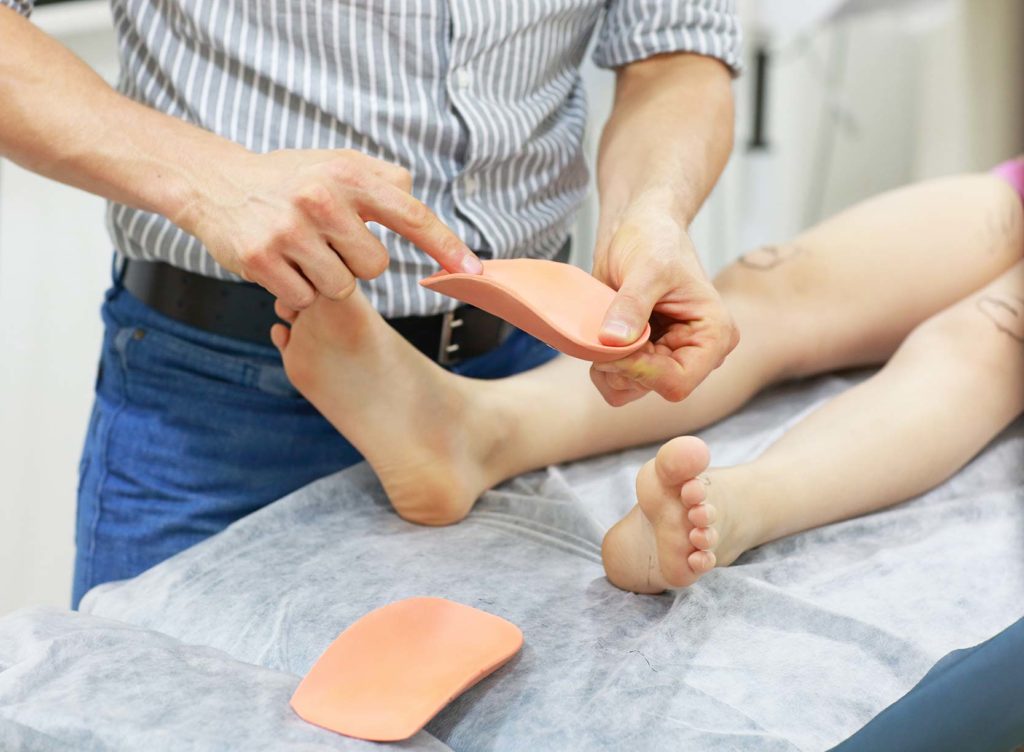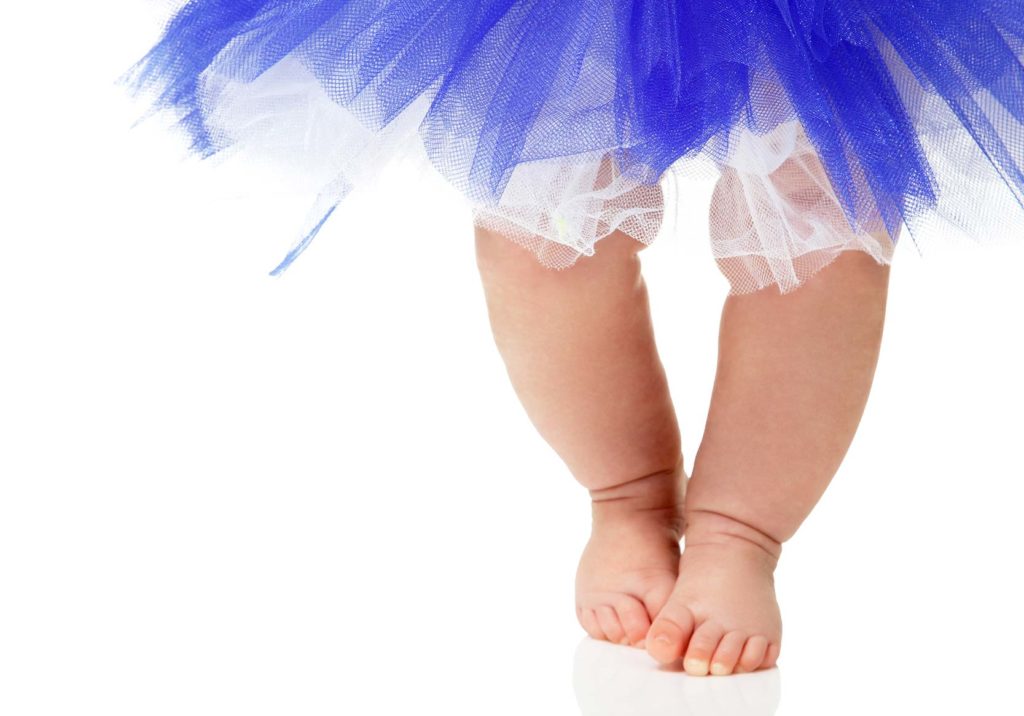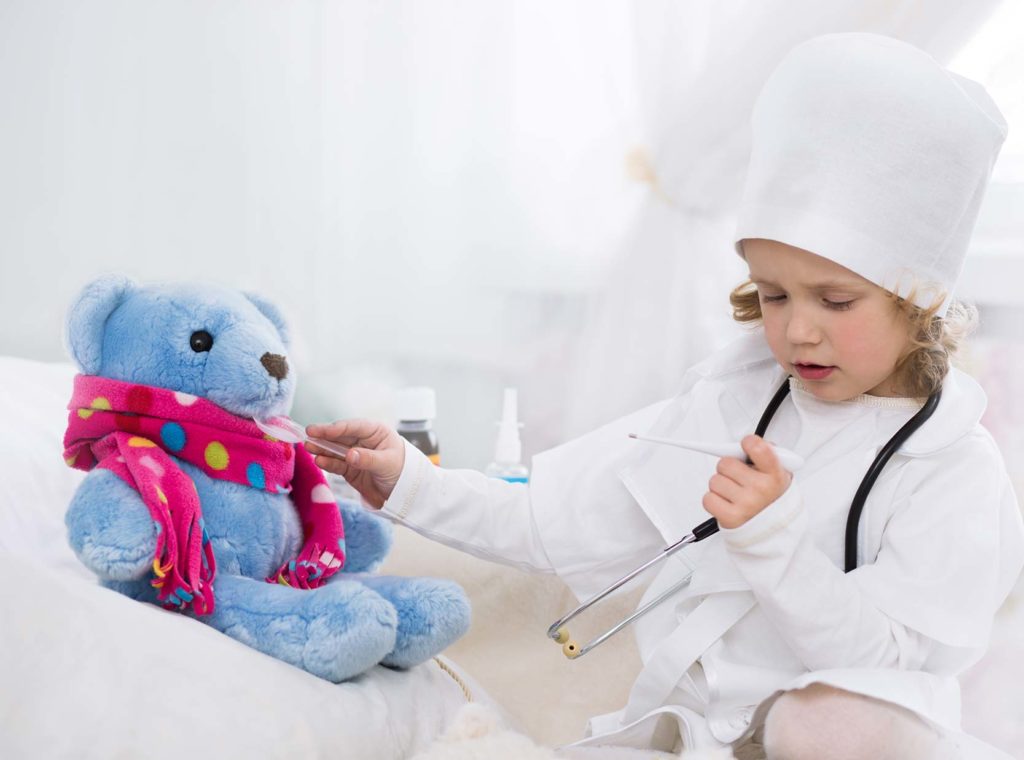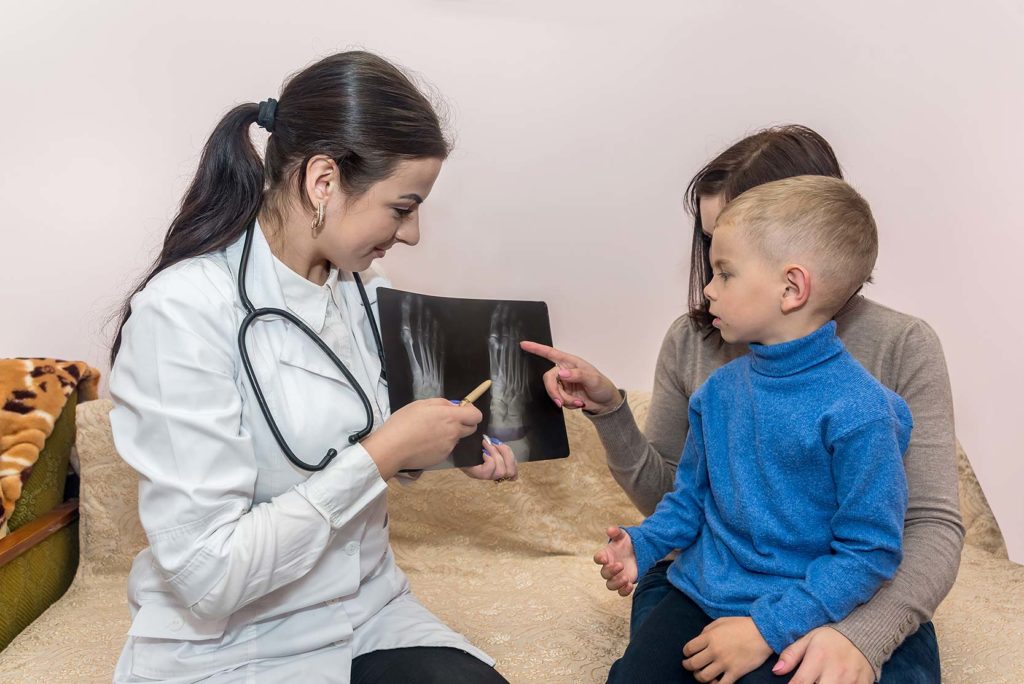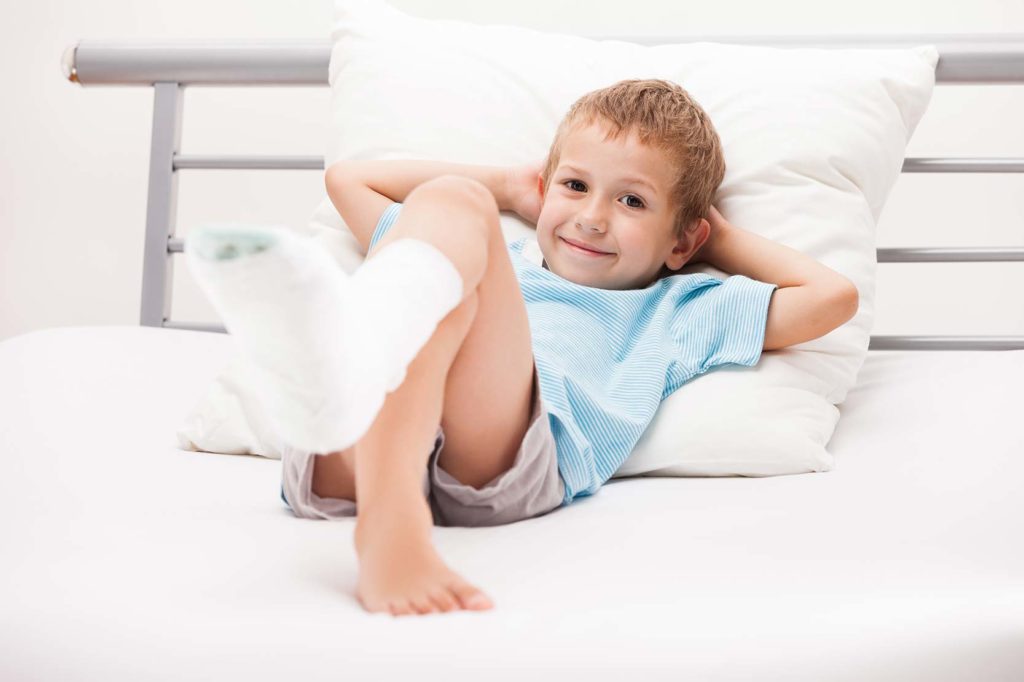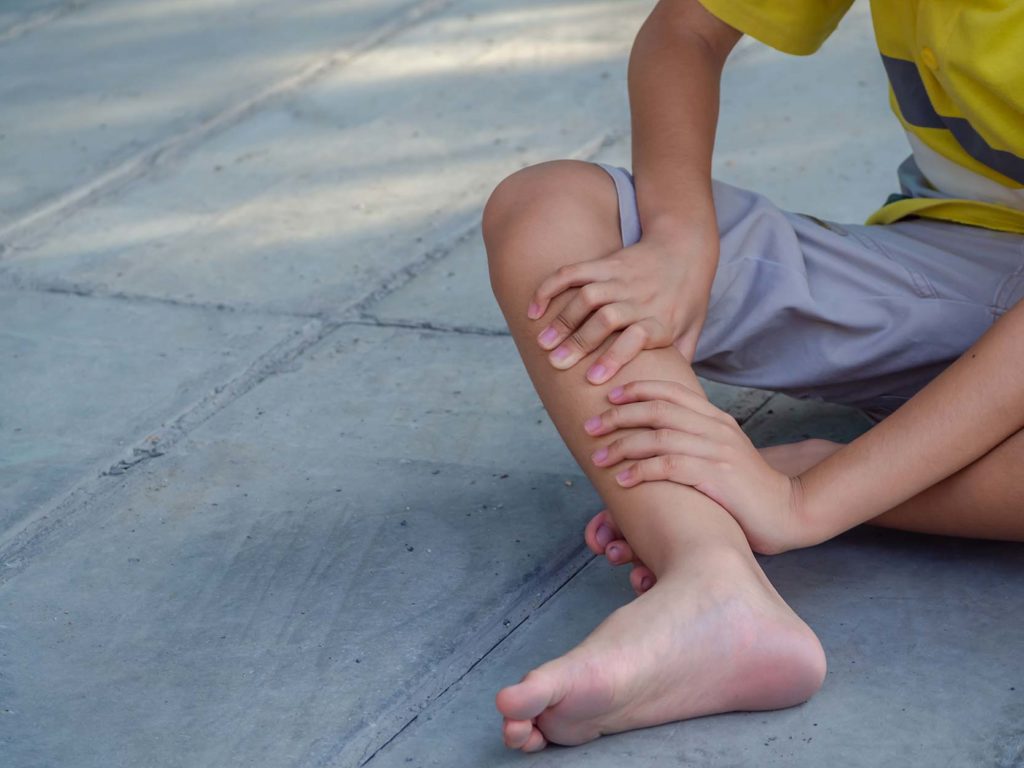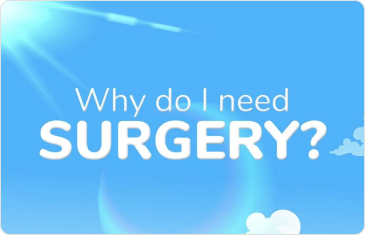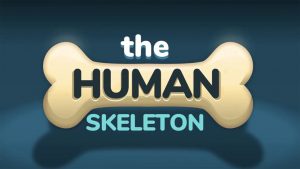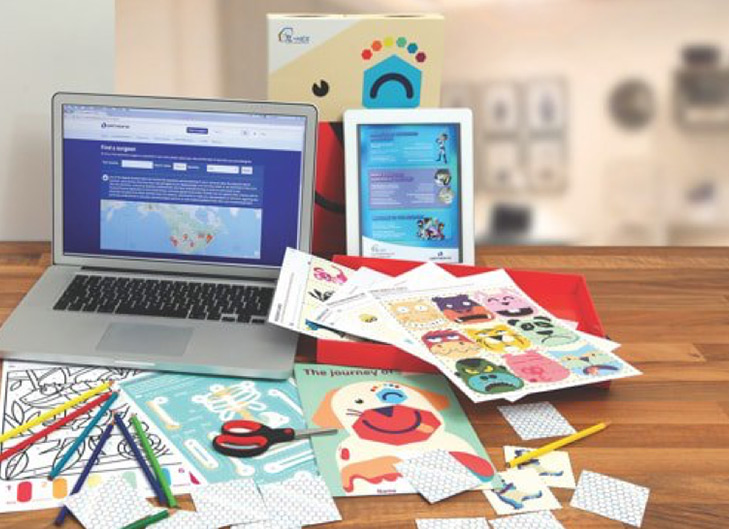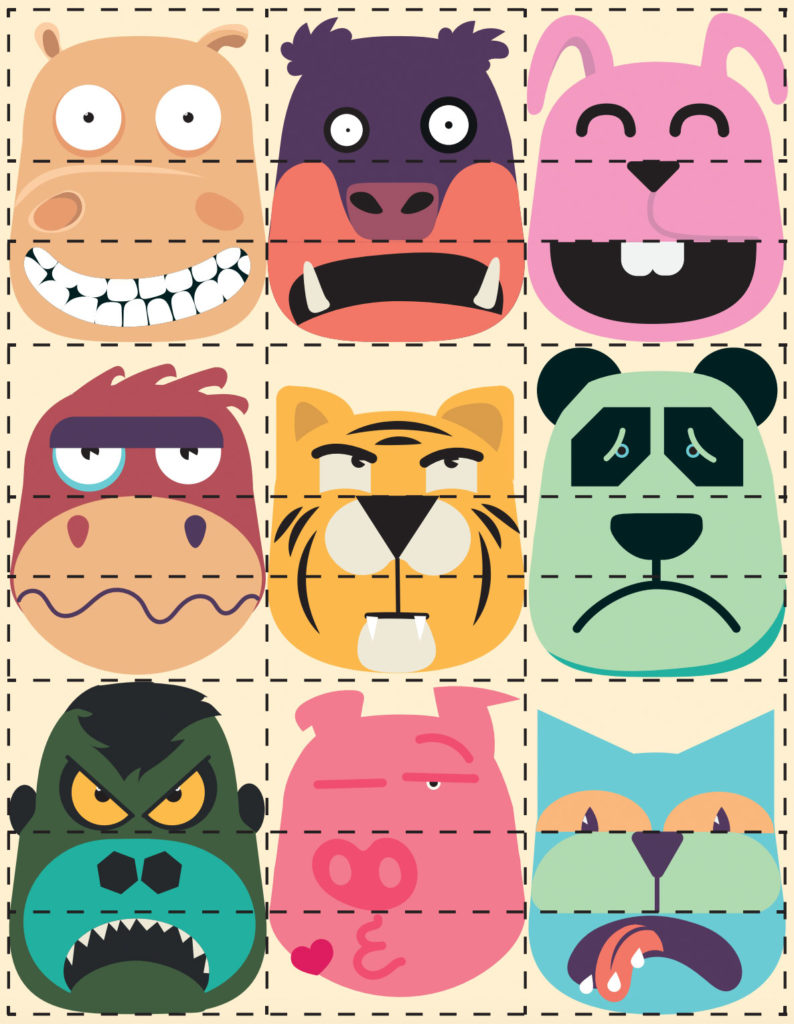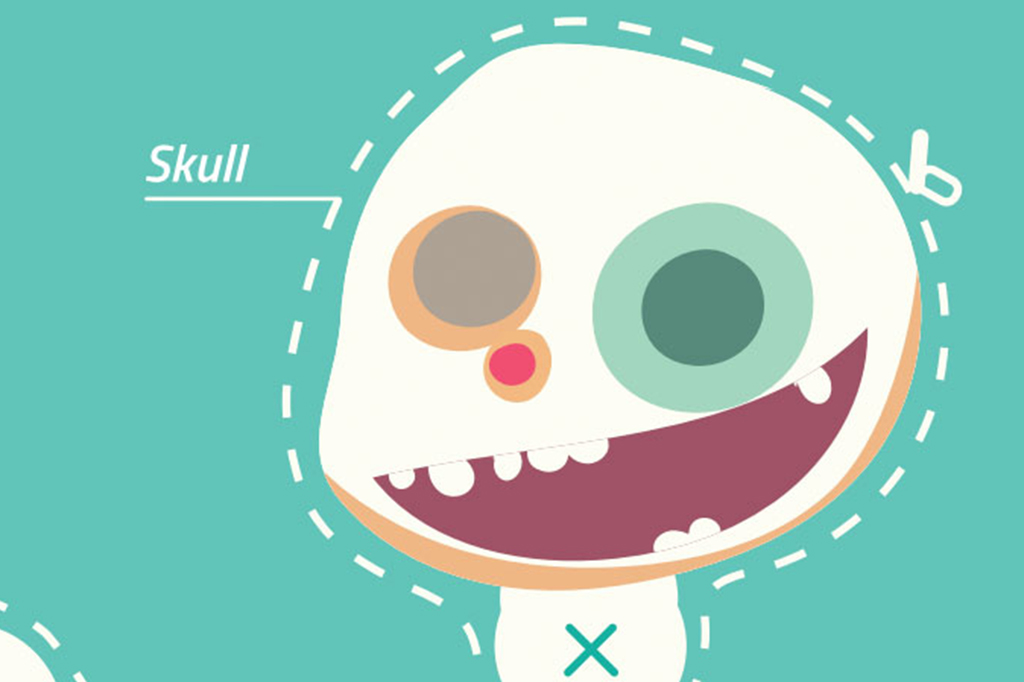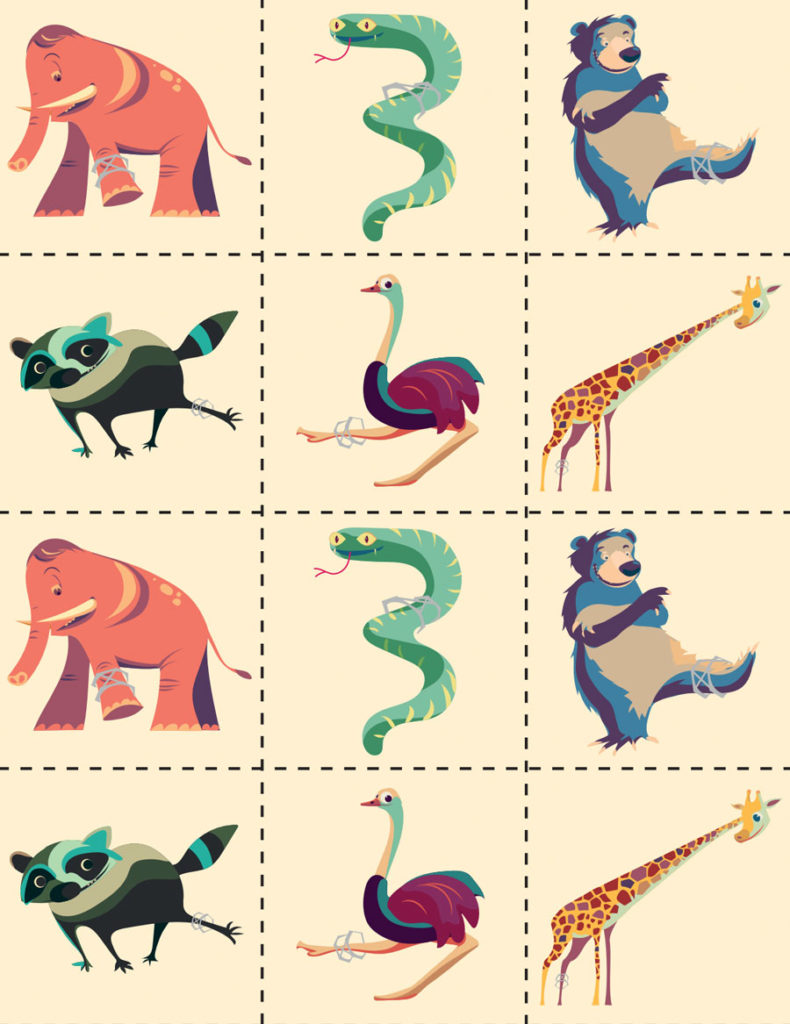Good preparation can help your kids feel less anxious about surgery and get through the recovery period faster. But, like parents everywhere, you’re most likely a little uncertain about the best way to prepare your child.
Explain things in a way that your child understands. Kids of all ages cope much better if they have a good idea of what’s going to happen and why the surgery is needed. Ask your healthcare professionals any questions you have, and do your researches so that you know how to answer questions that your child will ask.
The more you understand, the more your child will too
Ask your doctor for appropriate videos or tools that can help explain the procedure.
Find books, appropriate to your child’s level of understanding, about what to expect at the hospital. Reading together and discussing the surgery will make everything seem less threatening.
Remember that as well as the words you use, your tone of voice, expression, gestures, and body language send messages to your child. If you appear fearful, your child is likely to feel fearful regardless of the words you use.
Consider a pre-operative orientation and tour
Hospitals can offer special pre-operative children’s programs, family orientations, and hospital tours. Child-life specialists are an incredible resource for parents and children. They are trained to talk to children about their medical procedures, comfort them if they’re upset or need extra support, and they can even organize group times to get together with children that are going through the same things. An orientation program removes the mystery of the surgery and makes the hospital familiar and friendly and the experience more predictable.
Hospital stays
Many surgeries are now “same-day” procedures with no overnight or prolonged stays needed; many kids are back home the same night.
Anesthesia is much safer today than in the past, but it can still carry some risks. Discuss any concerns you have in advance with the anesthesiologist.
If hospitalization is needed overnight, most hospitals avoid separation anxiety by permitting at least one parent to stay with the child day and night. Check with your hospital about its rules regarding parents staying over and when other close family members can visit.
Explaining the problem and handling fears
Begin by explaining why surgery is needed in simple terms; kids may fear that you aren’t telling them everything, or that their problem is worse than they’ve been led to believe. Build trust and don’t mislead your child – tell as much of the truth as your child can understand.
Kids will most likely be scared that the surgery will hurt. Explain them that a special doctor gives medicine to make them sleep so they won’t feel anything during the operation. Once it is finished, they’ll wake up. Older kids, in particular, may need special assurances that they will wake up.
Explain that you’ll be there when your child wakes up. Tell your child that if anything feels sore right after the operation, a doctor or nurse can give them medicine that will make it feel better.
A teen might be afraid of losing control, missing out on events, being embarrassed or humiliated in public, and sounding childish by expressing fear, anxiety, or pain. A teen also may be afraid of waking up during the operation – or not waking up afterward.
Encourage your teen to read up on their medical condition and share the information with you. Reading and sharing information is an excellent coping mechanism.
A fear of all ages is being seen naked and having their “private parts” touched. If the operation involves the genital or anal area, explain that although it might be embarrassing, doctors and nurses will need to examine these areas, to check if they’re healing after the operation. Be sure to explain that doctors, nurses, and parents are the only exceptions to the rules about privacy.
Children sometimes believe that their medical problem and operation are punishments for “being bad.” They may feel guilty and believe that they’ve brought events on themselves.
Explain that the medical problem is not the result of anything they have done or failed to do, and that the operation is not a punishment, but simply the way to “fix” the problem and that they will feel so much better afterwards.
On the day of orthopedic surgery
When you arrive on the day of surgery, your child will have time to wait, so its recommended you bring books or toys from home to pass the time.
After surgery you’ll be allowed in the recovery room to be with your child as he or she awakens.
Distracting your child, whether with a new book or a visit from a relative or friend, can also make recovery more pleasant. Just make sure your child gets plenty of time to rest and recover.




